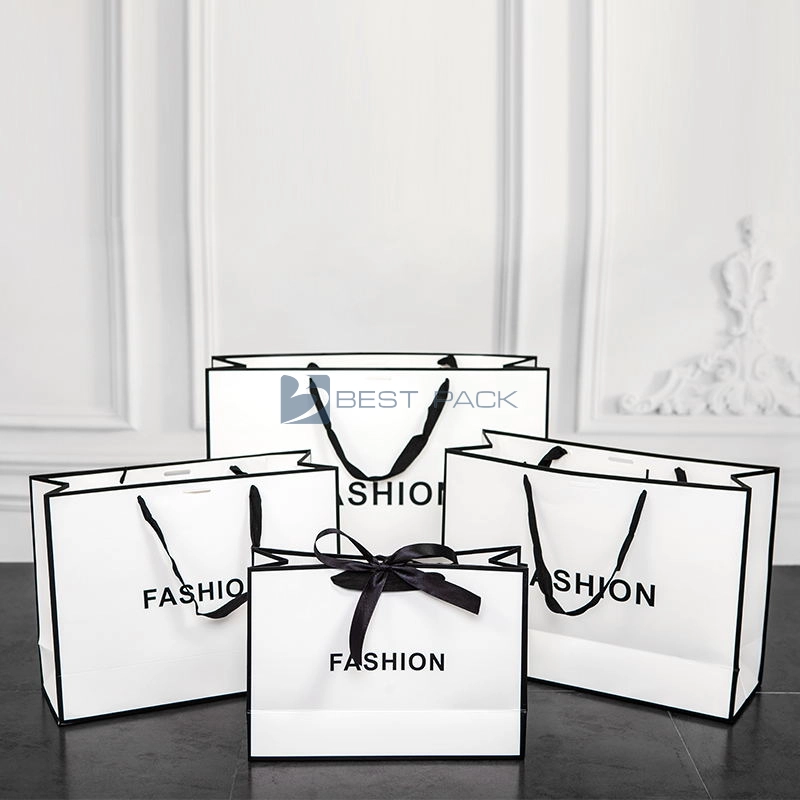In high-end printing and packaging, creating a strong visual and tactile impact is essential. Two common finishing techniques used to enhance the appearance of logos, text, and graphics are foil stamping and foil embossing . While they may sound similar, they are technically and visually different — and each offers unique advantages depending on the design goals.
1. What is Foil Stamping ?
Foil stamping, also known as hot stamping, is a process that uses heat and pressure to transfer a thin layer of metallic or pigmented foil onto the surface of paper or packaging. The result is a flat, shiny print that reflects light and draws attention.
-
*Visual Effect: Metallic, glossy finish (often gold or silver)
-
*Texture: Mostly flat or only slightly raised
-
*Purpose: Adds a premium, eye-catching appearance
-
*Common Uses: Product packaging, business cards, certificates, invitations
2. What is Foil Embossing ?
Foil embossing combines two processes: foil stamping and embossing. It uses both heat and pressure to apply foil while simultaneously raising the surface to create a 3D, tactile effect.
-
*Visual Effect: Metallic and raised — stands out both visually and physically
-
*Texture: Clearly elevated surface you can feel
-
*Purpose: Creates a luxurious and dimensional look
-
*Common Uses: Luxury packaging, logo branding, book covers, high-end stationery
3. Key Differences
| Feature | Foil Stamping | Foil Embossing |
|---|---|---|
| Process | Applies foil using heat and pressure | Combines foil stamping with embossing |
| Surface Texture | Flat or slightly raised | Clearly raised and dimensional |
| Visual Appeal | Shiny and eye-catching | Shiny plus 3D texture for added elegance |
| Tactile Feel | Smooth surface | Noticeably textured surface |
| Cost | More economical | Higher cost due to combined tooling |
4. Which One to Choose?
-
Choose foil stamping when:
-
*You want a sleek, premium finish
-
*Budget is a concern
-
*The design needs a clean, modern look without texture
-
-
Choose foil embossing when:
-
*You want to add both visual and tactile impact
-
*The logo or design element is a key focal point
-
*You want a luxury feel that engages both sight and touch
-
Conclusion
In printing, both foil stamping and foil embossing are powerful tools to elevate your design. Foil stamping adds shine and elegance, while foil embossing adds depth and sophistication. Understanding the difference helps printers and designers choose the most suitable finish to reflect the brand image, product value, and customer expectations.











Best pack
Best pack
Best pack